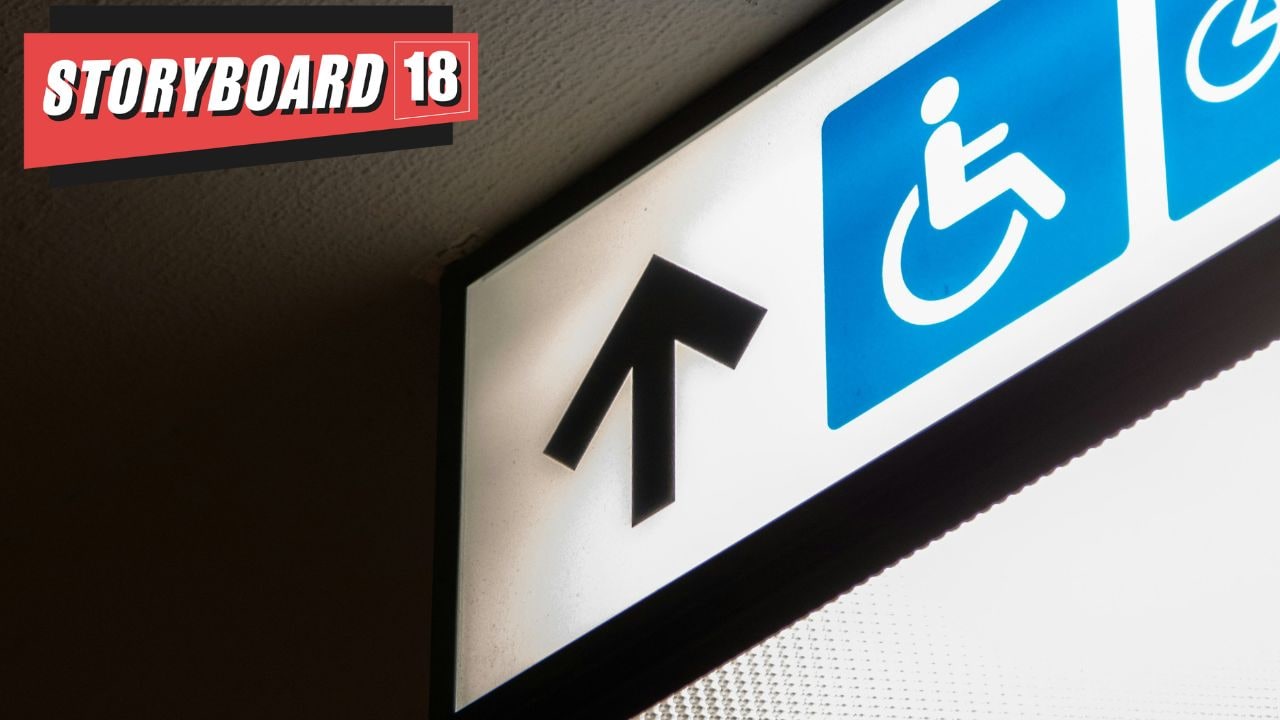The Ministry of Information and Broadcasting (MIB) is in the final stages of drafting comprehensive accessibility guidelines for OTT platforms in a bid to promote inclusivity in India’s growing digital content space. While accessibility standards already exist for traditional media like broadcast television and cinema, OTT platforms have so far operated without a unified framework. The government is now looking to fill that gap by drawing from global standards such as the Web Content Accessibility Guidelines (WCAG), sources told Storyboard18.
“The Ministry has guidelines for broadcasters and cinema, but for OTT, they are in the process of drafting guidelines. The finalisation of draft guidelines will take some time as it has been pending for more than 6-8 months. The consultation is currently on hold,” said a top industry leader.
The move to bring OTTs under the accessibility umbrella is a continuation of MIB’s ongoing efforts, which previously resulted in the “Accessibility Standards in the Public Exhibition of Feature Films in Cinema Theatres” in 2024. These cinema guidelines focused on creating equal access for individuals with hearing and visual impairments, laying down provisions for Indian sign language, audio descriptions, assistive devices, and public awareness.
According to the Ministry’s guidelines, these changes stem from legal mandates outlined in Sections 29, 40, 42, and 44 of the Rights of Persons with Disabilities Act, 2016, which call for inclusive design and universal access in all public communication, including films and digital media.
While the OTT-specific accessibility draft is still under consultation, the MIB has already issued an advisory on April 22 to OTT platforms and self-regulatory bodies, urging them to enhance disabled-friendly features in accordance with existing Indian laws. The advisory underscores the need for platforms to make “reasonable efforts to improve the accessibility of online curated content” for persons with disabilities (PwDs).
Significantly, this push for accessibility is not being met with resistance. Rather, private OTT players are voluntarily aligning with the government’s vision, recognising accessibility as both a legal responsibility and a strategic business opportunity.
Avinash Mudaliar, CEO and Co-founder at OTTplay said, “The Ministry of Information and Broadcasting’s move to align accessibility standards for OTT platforms with global benchmarks like the WCAG is both timely and strategic. It sets the foundation for a more inclusive digital content ecosystem, enabling platforms to reach wider, often underserved, audiences. Accessibility is now a vital and essential aspect of business success. With the advisory already in place, we anticipate that forward-thinking OTT players will see this not just as regulatory compliance, but as a strategic opportunity to lead with purpose, enhance user engagement, and future-proof their platforms in a diversifying digital economy.”
Krishna Iyer, Director of Marketing at MullenLowe Lintas Group, called it as a crucial step toward a more inclusive digital India. From UPI, which revolutionized financial inclusion through the National Payments Corporation of India (NPCI), to this latest push for accessible content, India continues to lead in building tech-enabled systems that serve all.
“This initiative also aligns with the United Nations Development Programme’s Governance for People and Planet framework, reinforcing the importance of inclusive and rights-based digital governance. By making content accessible to people with disabilities is not just shaping policy but championing it in a digital era. Global efforts like Madagascar’s PRODIGY project and Azerbaijan’s ASAN service reflect a growing consensus: accessibility is no longer optional. OTT platforms in India will also embrace this shift— to enhance reach and elevate the user experience.”
Industry leaders such as Netflix, Amazon, Google, and Meta have all been part of the stakeholder consultations.
Legal experts and advocacy groups agree that the current fragmented landscape needs a cohesive policy to ensure all platforms offer features like subtitles, audio descriptions, intuitive navigation, and sign language integration.
Germaine Pereira, Partner at Solomon & Co., emphasised that OTTs, unlike traditional media, deliver on-demand content across various devices and interfaces. “Accessibility guidelines are essential for OTT platforms due to their unique nature… The lack of standardisation makes it difficult for PwD to fully enjoy or navigate content.”
Siddharth Chandrashekhar, Advocate at the Bombay High Court, pointed out the gap in regulation. “Existing film-accessibility guidelines target only theatrical releases certified by the CBFC, leaving OTT content, which accounts for a rising share of viewership. Rule 16 of the IT Rules, 2021, requires ‘reasonable efforts’ but lacks specific technical standards or timelines,” he said.
He added that the current patchwork approach fails to address the broader impact. “Inaccessible OTT content reinforces social isolation, limits educational and occupational opportunities for PwDs, and contravenes the RPwD Act’s mandate for equality… PwDs pay the same subscription fees but effectively receive a compromised service.”
Chandrashekhar advocated for a clear, enforceable framework aligned with international best practices and binding timelines. “We can ensure that the digital entertainment revolution truly reflects its commitment to an accessible, inclusive society,” he added.
India’s 2011 census showed that 2.68 crore people – over 2% of the population—live with disabilities, a majority of whom reside in rural areas. As OTT becomes a dominant mode of content consumption, experts believe that building in accessibility from the ground up is no longer optional, it’s essential.
The government and private stakeholders appear aligned on the shared goal of ensuring digital inclusivity for all.
